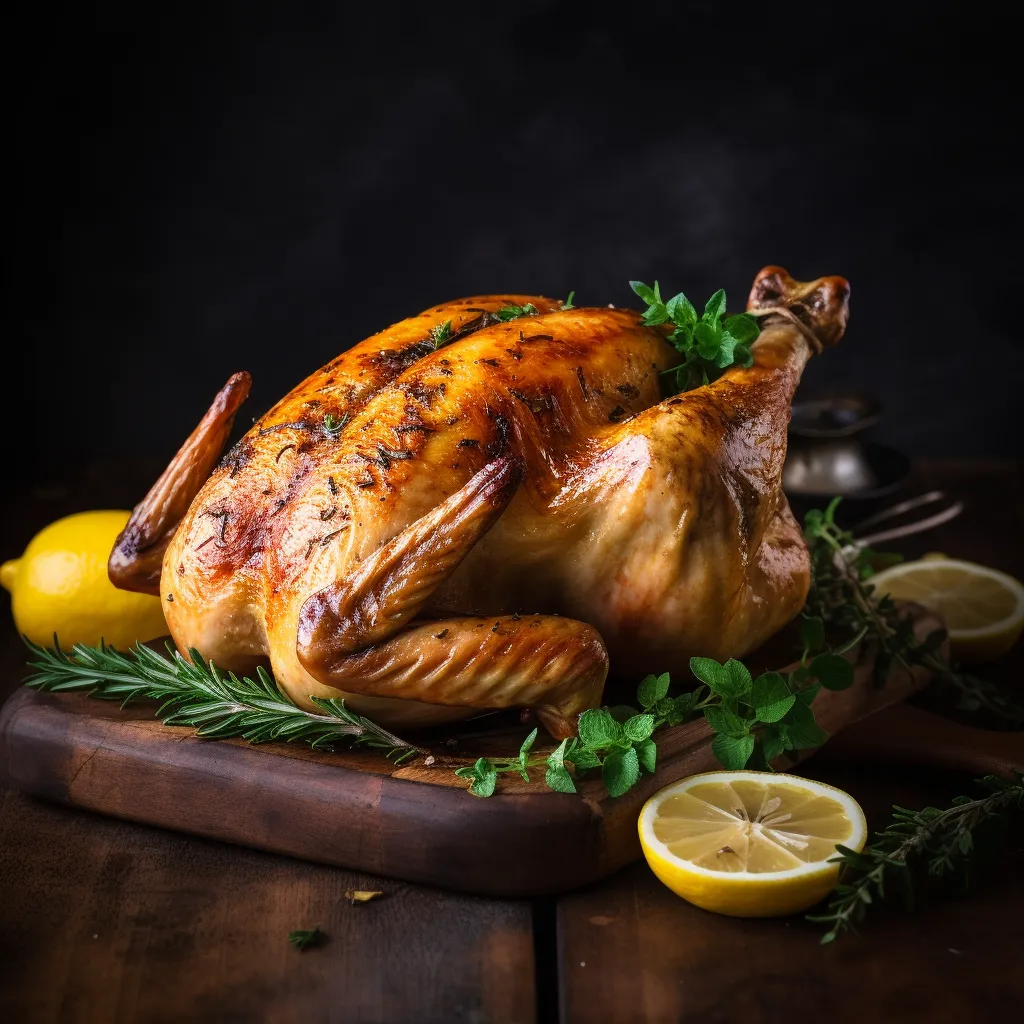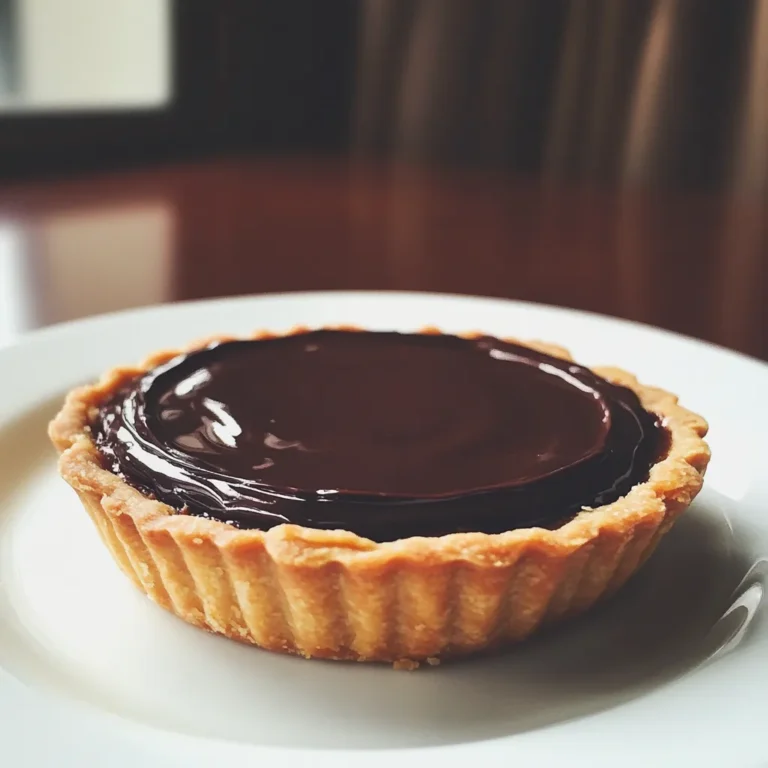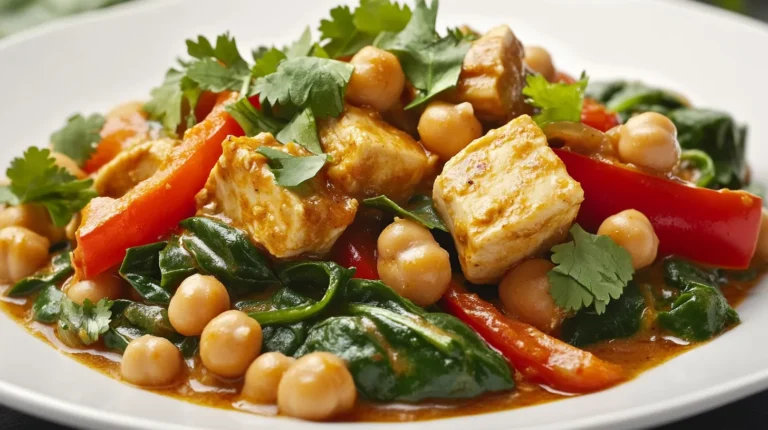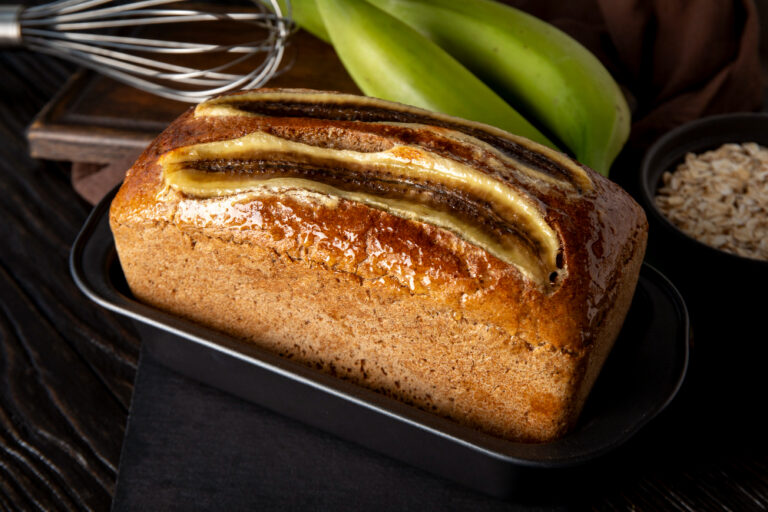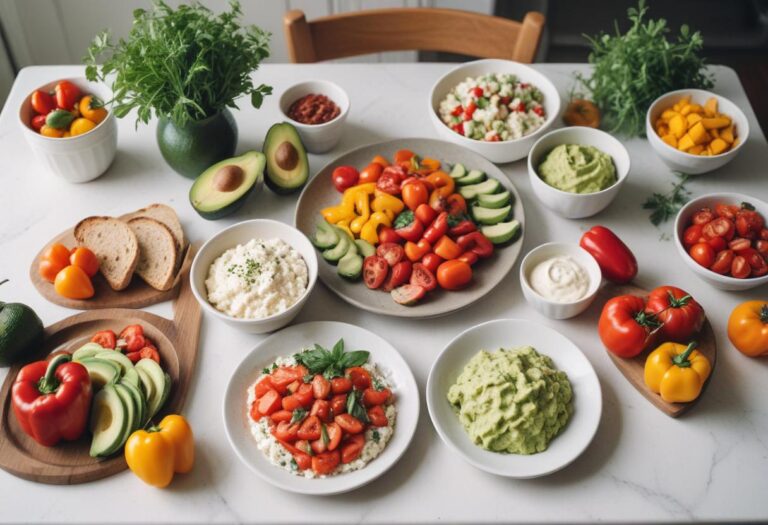How Long to Roast Chicken at 150 Degrees Celsius? The Ultimate Guide
Roasting chicken at 150 degrees Celsius (300°F) is a fantastic way to achieve juicy, tender meat with incredible flavor. If you’ve ever wondered how long to roast chicken at 150 degrees Celsius for perfect results, this guide covers everything from cooking times to preparation tips.
According to the USDA’s recommended poultry safety guidelines, chicken must reach an internal temperature of 75°C (165°F) in the thickest part to ensure it is fully cooked. Let’s dive into the exact steps to master this slow-roasting technique!
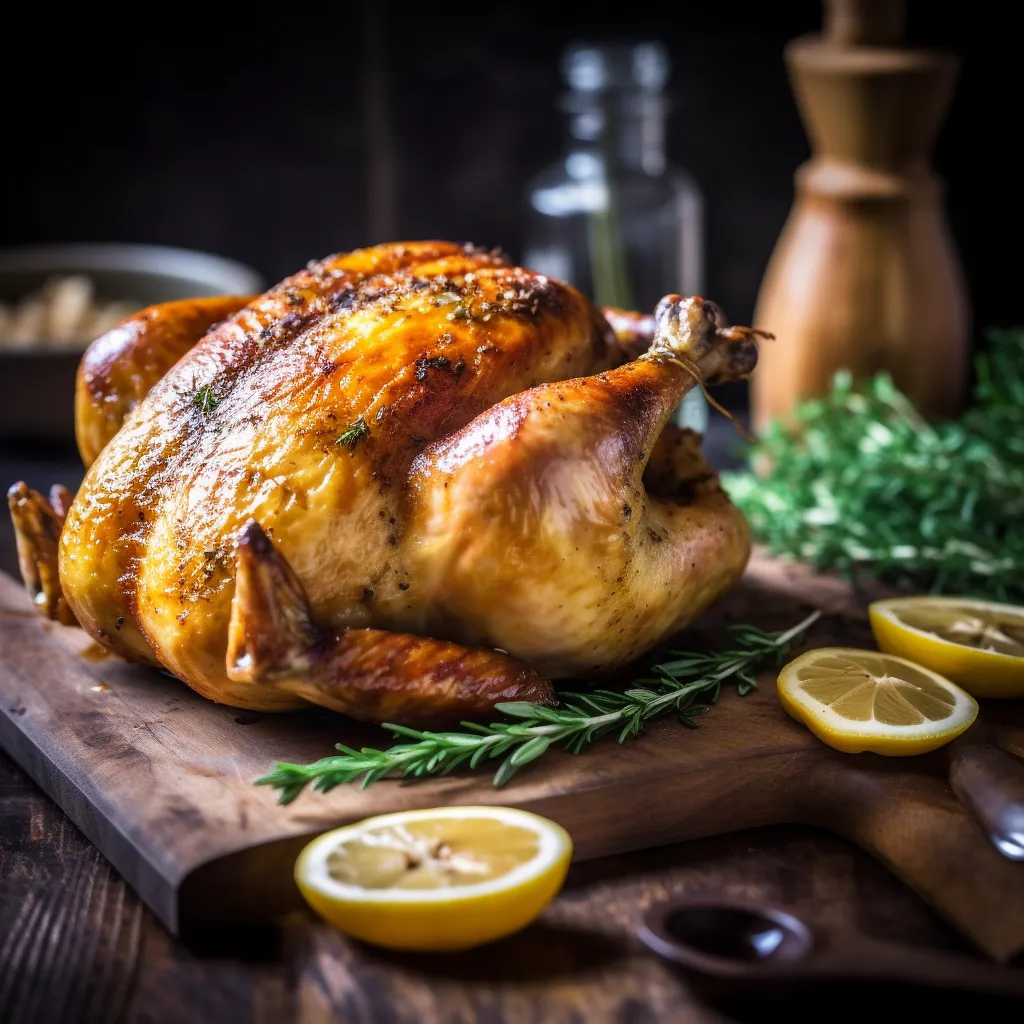
Why Slow-Roasting at 150°C is the Best Cooking Method for Chicken
Cooking chicken at 150 degrees Celsius (300°F) is a technique that prioritizes moisture, tenderness, and flavor. Unlike high-heat roasting, which can dry out the meat and cause uneven cooking, slow-roasting ensures that the chicken remains juicy and evenly cooked throughout. Let’s break down the key advantages of this method:
✅ Moisture Retention – Prevents Dryness, Keeping the Meat Juicy
One of the biggest challenges when roasting chicken is preventing it from drying out. High temperatures can cause the outer layers of the meat to lose moisture too quickly, leading to a tough, dry texture.
By cooking at 150°C, the chicken has more time to retain its natural juices. The slower process allows the muscle fibers to break down gradually, keeping the meat moist and tender. This is particularly important for white meat, such as chicken breast, which tends to dry out faster than dark meat.
Additionally, if you baste the chicken periodically or roast it with its natural juices, you can further enhance the moisture retention, resulting in succulent, fall-off-the-bone meat.
✅ Even Cooking – Ensures the Inside is Fully Cooked Without Burning the Skin
Roasting chicken at high temperatures can sometimes lead to uneven cooking. The outside of the chicken may brown too quickly, creating a crispy, golden crust while the inside remains undercooked. This can be a major food safety concern, as consuming undercooked poultry poses a risk of bacterial contamination.
Slow-roasting eliminates this issue by allowing the heat to penetrate the meat gradually. Instead of overcooking the outer layers while waiting for the interior to reach a safe temperature, the entire chicken cooks at a steady pace. This results in meat that is not only safe to eat but also evenly tender from the skin to the bone.
A roasting rack can also help ensure even cooking by elevating the chicken, allowing the heat to circulate around it. If you’re concerned about the skin browning too quickly, you can loosely tent the chicken with foil and remove it in the last 30 minutes to allow it to crisp up.
✅ Better Flavor Absorption – Longer Cooking Time Allows Seasonings to Infuse Deeply
The extended cooking time at 150°C allows herbs, spices, and marinades to fully penetrate the chicken, resulting in a deeper, more complex flavor. When roasted at higher temperatures, the surface of the chicken cooks so quickly that seasonings may only stick to the outer layer rather than infusing into the meat.
With slow-roasting, flavors have time to develop and sink into every bite. This is particularly beneficial if you:
- Marinate the Chicken Overnight: The longer the seasoning sits, the richer the flavor.
- Stuff the Cavity with Aromatics: Adding garlic, lemon, rosemary, thyme, or onion inside the chicken infuses the meat with bold flavors.
- Use Butter or Olive Oil for Basting: This enhances both flavor and moisture while giving the skin a delicious golden finish.
Another advantage of slow-roasting is that it allows natural flavors to develop without overpowering them with excessive seasoning. This technique is perfect if you prefer to let the pure taste of high-quality poultry shine.
✅ Minimal Cooking Mistakes – The Slow Process Reduces the Risk of Overcooking
Overcooking is one of the most common mistakes when roasting chicken. At high temperatures, just a few extra minutes can turn tender, juicy meat into dry, chewy chicken.
Since 150°C provides a gentler heat, the cooking window is more forgiving. Even if you leave the chicken in the oven slightly longer than necessary, it won’t become overly dry or tough. This makes slow-roasting a great option for beginners who want a fail-proof method for cooking chicken.
Furthermore, using a meat thermometer removes all guesswork, ensuring that the chicken reaches the ideal temperature without any risk of undercooking or overcooking.
Enhance Your Roasting Skills with Expert Tips
If you’re looking to take your roasted chicken to the next level, check out this Perfect Roast Chicken Recipe, where you’ll find expert tips on achieving the perfect texture, flavor, and crispiness.
By choosing the 150°C roasting method, you’re ensuring a moist, evenly cooked, and flavorful chicken that’s guaranteed to impress at any dinner table! 🍗🔥
How Long to Roast Chicken at 150 Degrees Celsius?
The cooking time varies based on the size of the chicken. Here’s a detailed breakdown:
| Weight (kg) | Cooking Time (Hours) |
|---|---|
| 1.5 kg | 2 hours 15 minutes |
| 2 kg | 2 hours 45 minutes |
| 2.5 kg | 3 hours 15 minutes |
Checking for Doneness
✔️ Insert a meat thermometer into the thickest part of the breast – it should read 65°C (150°F).
✔️ Insert the thermometer into the thigh – it should reach 75°C (165°F).
✔️ If you don’t have a thermometer, pierce the thickest part of the meat – the juices should run clear, not pink.
For more food safety tips, visit the USDA’s poultry safety guidelines.
Step-by-Step Guide to Roasting Chicken at 150 Degrees Celsius
1️⃣ Choose the Right Chicken
- Opt for a whole chicken weighing 1.5–2.5 kg for even cooking.
- Organic, free-range chickens usually provide better texture and flavor.
2️⃣ Prepare the Chicken
- Thaw completely if frozen.
- Pat dry with paper towels for crispy skin.
3️⃣ Season Generously
- Coat with olive oil or melted butter.
- Use salt, black pepper, garlic powder, and fresh rosemary or thyme.
- Stuff the cavity with lemon slices and garlic cloves for extra flavor.
4️⃣ Use the Right Equipment
- Roasting pan with a rack to allow airflow.
- Aluminum foil if needed to prevent early browning.
5️⃣ Cooking Process
- Preheat the oven to 150°C (300°F).
- Place the chicken breast-side up on the roasting rack.
- Roast according to weight (see timing chart above).
- Baste every 45 minutes to keep the meat juicy.
How to Get Crispy Skin at 150 Degrees Celsius
Slow-roasting chicken at 150°C (300°F) results in tender, juicy meat, but achieving crispy, golden-brown skin requires a few extra steps. Since lower temperatures don’t allow the skin to crisp up as quickly as higher temperatures, here’s how to ensure a beautifully browned, crispy finish:
🔥 Increase the Heat for the Final 10–15 Minutes
- Once your chicken has almost finished cooking, increase the oven temperature to 220°C (425°F) for the last 10–15 minutes.
- This high-heat blast renders the fat under the skin, crisping it up while maintaining a juicy interior.
- Be sure to keep an eye on the chicken to prevent burning.
🧈 Brush the Skin with Butter or Oil
- Brushing the skin with melted butter or olive oil before roasting enhances browning and adds a delicious depth of flavor.
- For extra crispiness, apply an additional coat of butter during the last 30 minutes of roasting.
🌊 Dry the Skin Before Cooking
- Moisture is the enemy of crispy skin! Pat the chicken completely dry with paper towels before seasoning.
- Let the chicken air-dry in the fridge for a few hours before roasting to remove excess moisture.
- Avoid covering the chicken while roasting, as steam can prevent the skin from crisping up.
For additional pro tips on achieving the perfect crispy finish, check out this Slow Roasted Chicken Guide.
Resting and Carving the Chicken Like a Pro
Once your chicken is perfectly roasted, resist the urge to cut into it immediately! Resting allows the juices to redistribute, ensuring each bite is tender and juicy rather than dry.
⏳ Let It Rest Before Carving
- Remove the chicken from the oven and let it rest for 15–20 minutes before carving.
- Resting keeps the meat moist and makes it easier to cut.
- Loosely tent the chicken with foil to keep it warm while resting.
🔪 How to Carve Your Roasted Chicken
1️⃣ Remove the legs and thighs first: Cut through the joint where the thigh connects to the body.
2️⃣ Separate the wings: Slice through the joint at the base of each wing.
3️⃣ Slice the breast meat: Use a sharp knife to cut the breast meat into even portions.
Proper carving ensures beautifully sliced portions and preserves the juiciness of the meat.
Now, serve your perfectly roasted, crispy-skinned chicken and enjoy! 🍗🔥
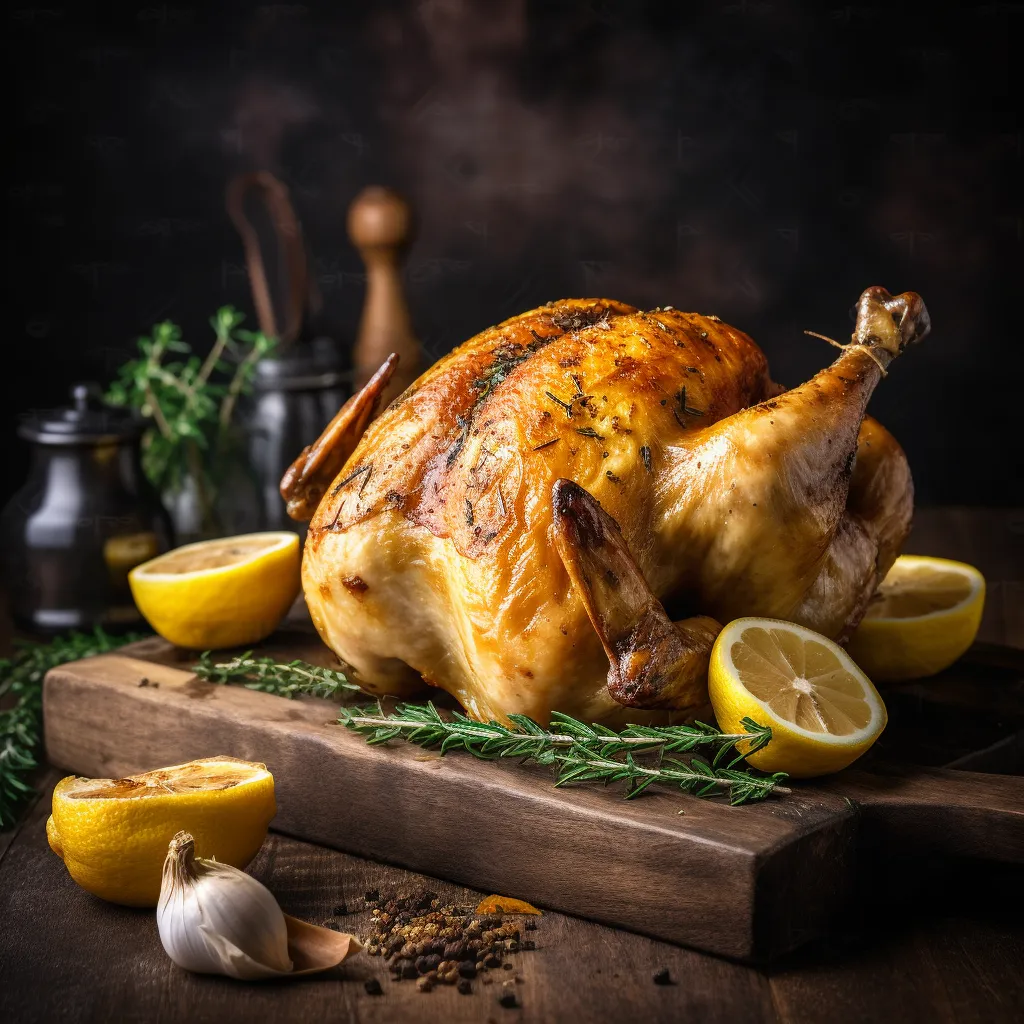
FAQs
Can I Roast Frozen Chicken at 150 Degrees Celsius?
No, you should not roast frozen chicken at 150 degrees Celsius (300°F). The chicken must be fully thawed before roasting to ensure even cooking and food safety.
❌ Why Roasting Frozen Chicken is Not Recommended
- Uneven Cooking: The exterior may reach a safe temperature while the inside remains raw or undercooked, increasing the risk of foodborne illnesses.
- Bacterial Growth: Frozen poultry takes longer to heat up, potentially spending too much time in the “danger zone” (5°C–60°C / 40°F–140°F) where bacteria thrive.
- Texture Issues: Cooking frozen chicken at low temperatures can result in rubbery or tough meat rather than tender, juicy results.
✅ How to Properly Thaw Chicken Before Roasting
To ensure even cooking, use one of these safe thawing methods:
1️⃣ Refrigerator Method (Best for Quality & Safety):
- Place the frozen chicken on a plate or in a shallow pan to catch any drips.
- Let it thaw in the refrigerator for 24–48 hours (depending on size).
- This is the safest method and helps maintain the best texture.
2️⃣ Cold Water Bath (Faster Alternative):
- Keep the chicken in a leak-proof plastic bag and submerge it in cold water.
- Change the water every 30 minutes to keep it cold.
- Takes 2–4 hours for a whole chicken (never refreeze after thawing this way).
3️⃣ Microwave Thawing (Not Recommended for Whole Chicken):
- Use the defrost setting on your microwave.
- Cook immediately after thawing to avoid bacteria growth.
👉 If you’re short on time, consider cooking smaller cuts instead of a whole frozen chicken. They will thaw and cook more evenly compared to a full bird.
Should I Cover the Chicken While Roasting?
Covering the chicken while roasting depends on how quickly the skin is browning and your personal preference for texture.
🏆 Best Practices for Covering While Roasting
- If the skin starts browning too early, loosely tent the chicken with aluminum foil to prevent burning.
- Remove the foil during the last 30 minutes of roasting to allow the skin to crisp up properly.
🔥 When NOT to Cover the Chicken
- If your goal is extra-crispy skin, avoid covering the chicken during roasting.
- Instead, ensure the skin is dry before cooking and finish at a higher heat (220°C/425°F) for 10–15 minutes at the end.
💡 Pro Tip: If you want super juicy meat without covering the entire chicken, you can baste it every 30–45 minutes with melted butter or pan juices. This will help keep the meat moist without steaming the skin.
What’s the Best Way to Add Flavor?
A slow-roasted chicken at 150°C absorbs flavors exceptionally well, making it the perfect opportunity to infuse rich, aromatic seasonings into the meat.
🍋 1. Stuff the Cavity with Fresh Herbs & Citrus
- Place fresh rosemary, thyme, parsley, and sage inside the chicken cavity.
- Add sliced lemons, oranges, or onions for a bright, zesty depth of flavor.
- Garlic cloves (whole or crushed) release a mild, sweet garlic aroma throughout the meat.
🧈 2. Coat the Chicken with Butter & Seasonings
- Melted butter or olive oil helps seasoning stick and promotes even browning.
- Generously season with kosher salt, black pepper, paprika, and garlic powder for a well-balanced flavor.
🧄 3. Marinate or Brine for Extra Flavor Depth
- Dry Brine (Best for Crispy Skin): Rub the chicken with salt, spices, and herbs 12–24 hours before cooking and let it rest uncovered in the fridge.
- Wet Brine (Adds Moisture): Soak the chicken in a saltwater solution (with aromatics) for 8–12 hours for extra juiciness.
💡 Pro Tip: Want a bold, smoky touch? Sprinkle a bit of smoked paprika or brush the skin with a mix of honey and Dijon mustard in the final 30 minutes of roasting.
By using a combination of these flavor-enhancing techniques, you’ll achieve juicy, aromatic, and perfectly seasoned chicken every time! 🍗🔥
Perfect Side Dishes to Pair with Slow-Roasted Chicken
A perfectly roasted chicken at 150 degrees Celsius deserves delicious side dishes that complement its rich, savory flavor. Whether you’re serving it for a family dinner, a holiday feast, or a casual meal, the right sides can enhance the taste and texture of the meal. Here are some of the best side dishes to serve with slow-roasted chicken, each bringing unique flavors and textures to your plate.
🥔 Roasted Potatoes – Crispy, Golden, and Seasoned to Perfection
Roasted potatoes are a classic pairing with slow-roasted chicken, offering a crispy, golden-brown exterior and a soft, fluffy interior. Their neutral, starchy flavor absorbs seasonings beautifully, making them the perfect side dish to soak up the flavorful chicken drippings.
How to Make Perfect Roasted Potatoes:
1️⃣ Choose the Right Potatoes: Yukon Gold or baby potatoes work best for roasting as they develop a crispy crust while staying tender inside.
2️⃣ Parboil for Extra Crispiness: Boil the potatoes for 5–7 minutes before roasting to ensure a fluffy center and a crispy exterior.
3️⃣ Season Well: Toss with olive oil, garlic powder, rosemary, thyme, salt, and black pepper for the best flavor.
4️⃣ Roast at High Heat: Bake at 200°C (400°F) for 35–40 minutes, flipping halfway through for even crisping.
5️⃣ Finish with Butter or Parmesan: Adding a touch of melted butter or grated Parmesan cheese in the last 5 minutes enhances flavor.
👉 Pro Tip: If you’re roasting the potatoes alongside your chicken, place them in the roasting pan underneath the chicken so they soak up all the rich, savory juices!
🥕 Honey-Glazed Carrots – A Sweet and Savory Complement
Carrots add a natural sweetness and vibrant color to your roasted chicken dinner. When roasted with honey and butter, they develop a caramelized, slightly crispy texture that pairs beautifully with the chicken’s rich, savory flavors.
How to Make Honey-Glazed Carrots:
1️⃣ Choose Fresh, Whole Carrots: Peel and cut them into uniform sizes to ensure even cooking.
2️⃣ Toss with Glaze: Mix honey, melted butter, salt, and a pinch of cinnamon or thyme for extra flavor depth.
3️⃣ Roast for Maximum Sweetness: Bake at 190°C (375°F) for 25–30 minutes, stirring occasionally until tender and caramelized.
4️⃣ Optional Add-Ins: Add chopped pecans, dried cranberries, or a sprinkle of nutmeg for an extra festive touch.
💡 Pro Tip: For a more complex flavor, add a splash of balsamic vinegar or a squeeze of fresh orange juice to the glaze before roasting.
🥗 Garden Salad – A Light and Refreshing Pairing
A fresh, crisp salad provides a refreshing contrast to the rich, slow-roasted chicken. With the right mix of leafy greens, crunchy vegetables, and a zesty dressing, a garden salad balances out the meal’s heavier components.
How to Build the Perfect Garden Salad:
🥬 Base Greens: Use a mix of romaine, arugula, or baby spinach for a nutrient-rich foundation.
🍅 Fresh Veggies: Add cherry tomatoes, cucumbers, red onions, and bell peppers for crunch and color.
🥑 Creamy Element: Toss in sliced avocado or feta cheese for creaminess.
🥜 Crunch Factor: Sprinkle toasted almonds, walnuts, or sunflower seeds for extra texture.
🍋 Dressing: Drizzle with a homemade lemon vinaigrette made of olive oil, fresh lemon juice, Dijon mustard, honey, and a pinch of salt and pepper.
💡 Pro Tip: Want a heartier salad? Add grains like quinoa or couscous, or try a protein-packed side from these 30g Protein Lunch Recipes.
More Side Dish Ideas for Roasted Chicken
If you’re looking for even more variety, consider these additional side dish options:
🥦 Garlic Butter Roasted Broccoli: Lightly roasted with garlic and a squeeze of lemon juice.
🍚 Herbed Rice Pilaf: A fragrant mix of rice, sautéed onions, and fresh herbs.
🍞 Homemade Dinner Rolls: Soft, buttery, and perfect for soaking up chicken drippings.
🌽 Creamy Corn Casserole: A rich and cheesy baked side dish.
🍠 Mashed Sweet Potatoes: Creamy, slightly sweet, and loaded with flavor.
Pairing the right sides with your slow-roasted chicken will elevate your meal, making it a well-rounded, satisfying experience for any occasion.
Final Thoughts
Roasting chicken at 150 degrees Celsius is an easy and effective way to create juicy, flavorful, and perfectly cooked meat. By following the recommended cooking times, using a meat thermometer, and finishing with high heat for crispy skin, you’ll master this technique effortlessly.
For additional roasting techniques, visit the Ultimate Guide to Healthy Chicken.
🔥 Enjoy your perfectly roasted chicken! 🍗

